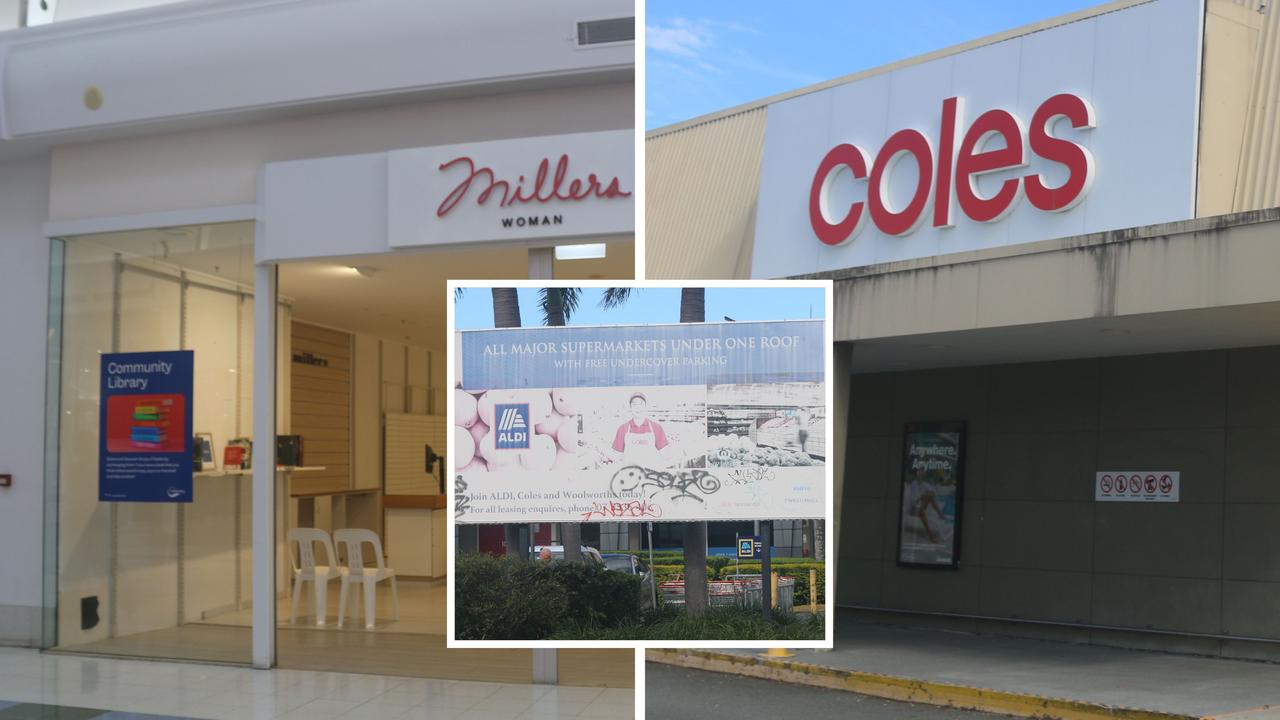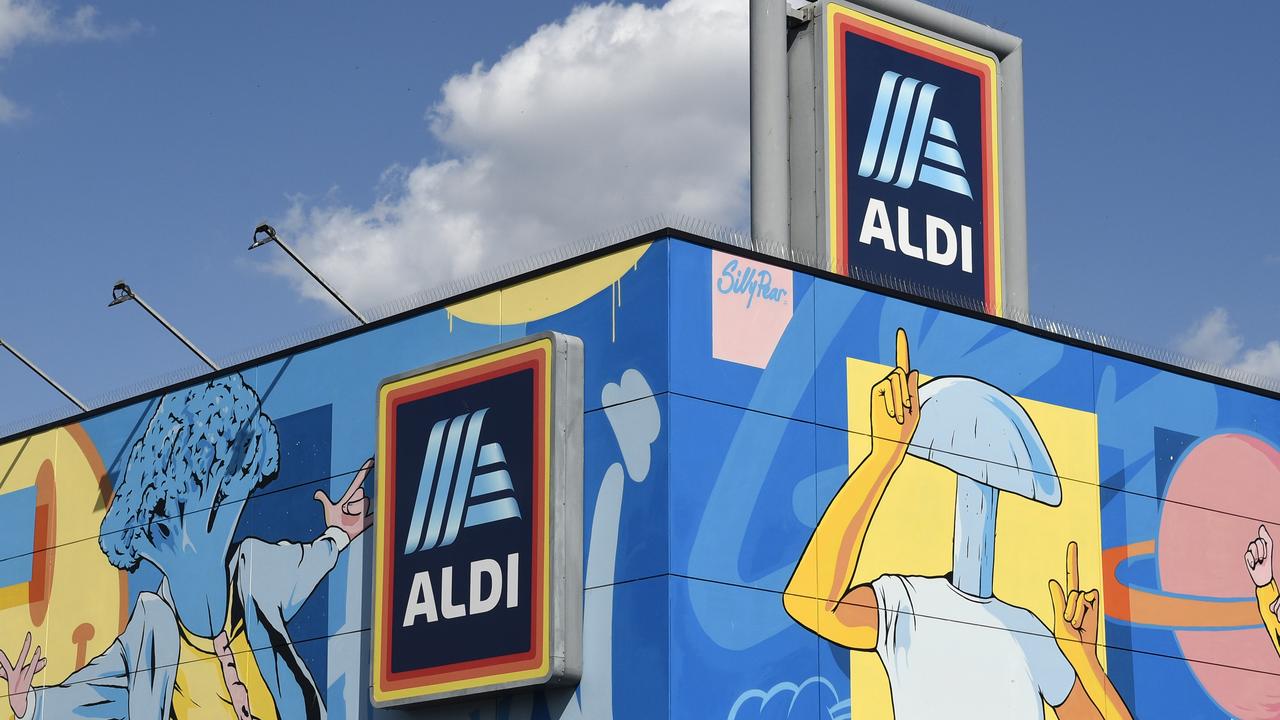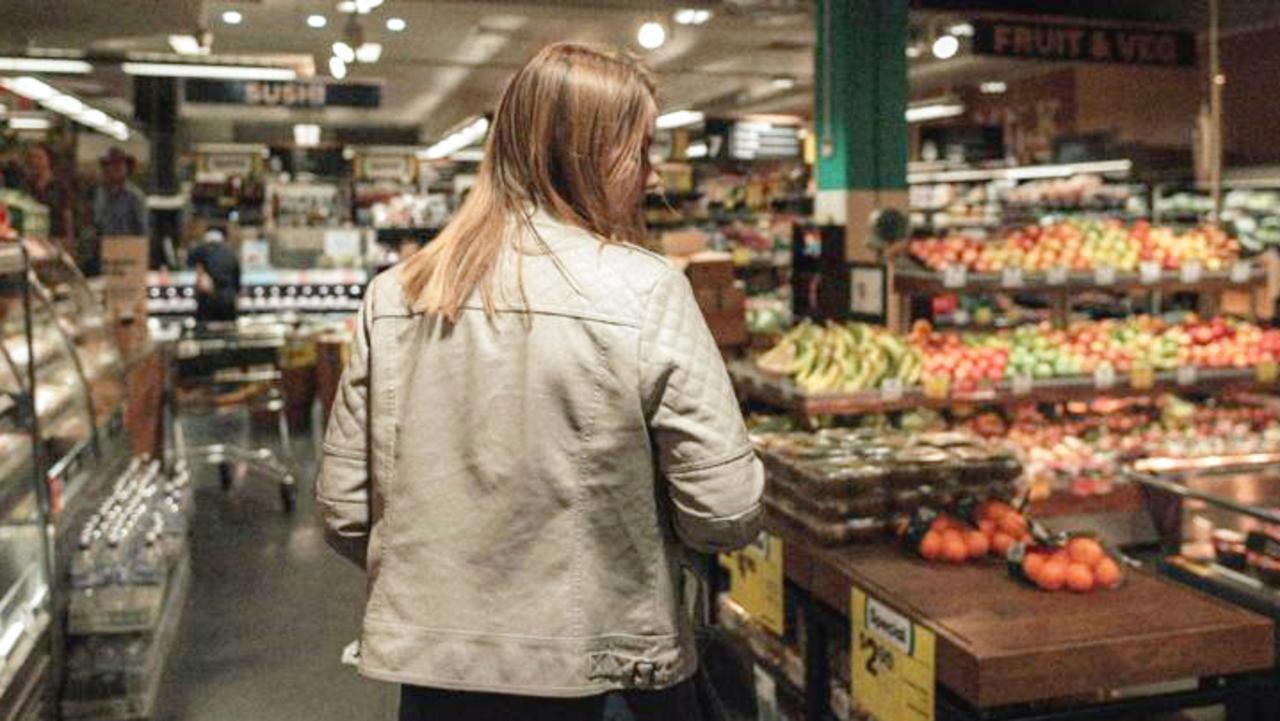The real problem for Woolworths
WOOLIES boss Grant O’Brien got the sack today and the hunt is on for a replacement. There’s one very big problem the new CEO will have to solve.

WOOLWORTHS chief executive Grant O’Brien, a 28-year company veteran, became the company’s sacrificial lamb today as the retail giant continues to struggle with disappointing sales.
Comparable supermarket sales across food and liquor were down 0.7 per cent in May and June, and Woolworths now expects to post a full-year profit of $2.15 billion compared with $2.45 billion last year.
The big question now, however, is what will the new CEO do about the disastrous Masters Home Improvement business? Despite reporting 17.7 per cent sales growth in quarter four of 2015, it continues to haemorrhage money.
In the same announcement, Woolworths revealed a further 800 job cuts, bringing the total to 1200. Asked during an investor briefing what he would say to the 1000-plus people losing their jobs, “largely because of problems with Masters”, chairman Ralph Waters said it had “nothing to do with Masters”.
“It has everything to do with us moving towards a leaner model for our customer-facing issues,” he said.
Whether or not that’s the case, the business lost $176 million last year, a blowout of 12.4 per cent on its $156.6 million loss in the 2013 financial year. That number is expected to exceed $200 million this year.
Those losses are widely tipped to continue, and the company has offered no clear timetable on when it expects the business to break even.
Launched in 2011 as a joint venture between US hardware giant Lowe’s and Woolworths, Masters was a major strategic play to take on the Wesfarmers-owned Bunnings in the $45 billion home improvement market.
By any measure, it’s been a spectacular failure. To date, Woolworths and Lowe’s, which has a one-third stake in Masters, have kicked in more than $3 billion getting the business off the ground.
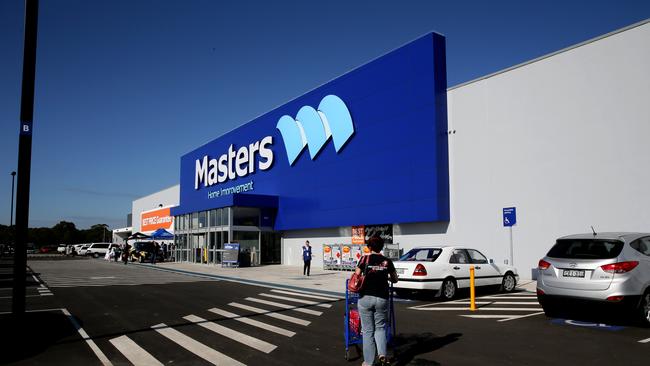
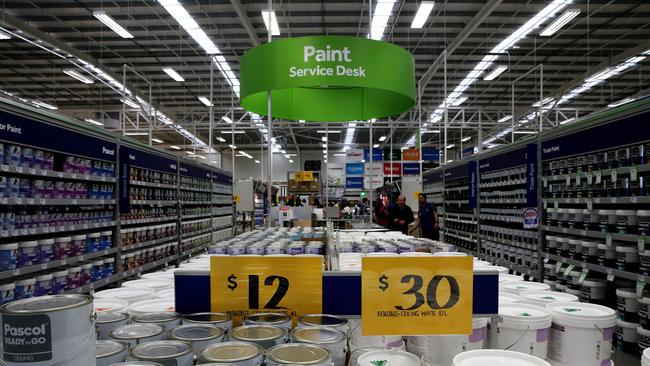
Woolworths’ half-year financial report in February optimistically described Masters as “Australia’s fastest-growing home improvement offer”, and the company is rolling out an overhauled store design to win new customers.
The problem is, the bigger it grows, the more money it loses. Its strategy is to add an additional six to 11 stores every year, but a new CEO could choose to abandon this.
“With Grant going, if the board is serious about bringing in a new CEO then all bets are off,” said Peter Ryan, retail analyst with Red Communication Australia.
“Woolworths makes $2.5 billion a year in profit. It can sustain $200 million losses in Masters for many years if it chooses to. But the investment markets are self-determining — it has to convince the market that that is the best strategy.”
He said Masters was a “long-term strategy” that needed time to achieve critical mass. “Everyone’s in a hurry to throw stones at it; no one’s giving it time to mature as a business.”
But as losses balloon and begin to become a serious drag on the company’s profitability, Woolworths could be forced to rethink that strategy.
“They’re caught in a bind,” Mr Ryan said. “Hardware is a destination purchase, and unless you give me really compelling reasons why I should retrain myself when I’ve been going somewhere for years, I’m going to go where I’ve always gone.
“I don’t see them doing enough to retrain customers, but having said that, they don’t have the store coverage to justify the marketing.”
Masters is fighting against an entrenched competitor in Bunnings, which enjoys a number of exclusive supply relationships. Ryobi, one of the top-selling power tools in the country, is only available through Bunnings, for example.
It will take a long time for those supply contracts to work through, and without greater store coverage, it won’t have the weight to put itself in a better position to negotiate supplier relationships.
In short, it has to commit to losing a whole lot more money with no guaranteed prospect of turning a profit.


